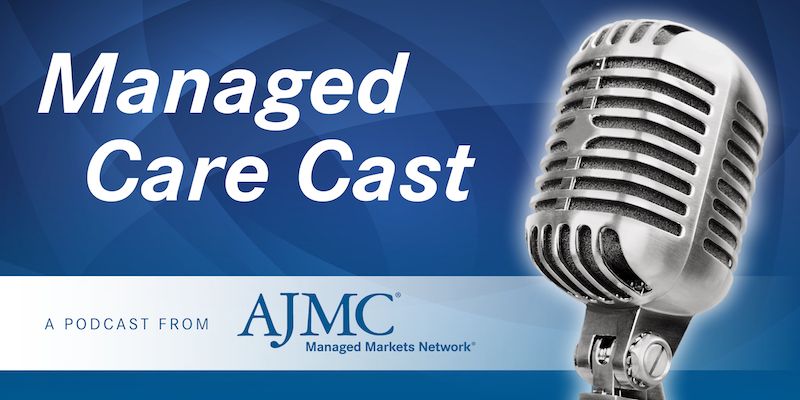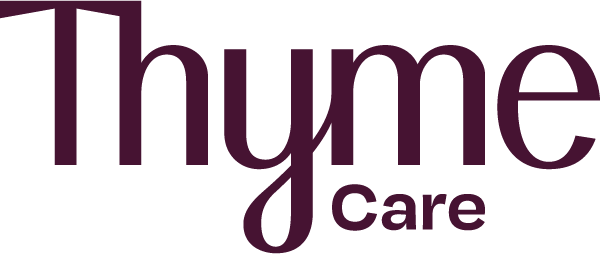Article
Roadmap Launches to Assist Healthcare Stakeholders in Implementing Successful APMs
Author(s):
Today, the Health Care Payment Learning & Action Network (LAN) launched the Roadmap for Driving High Performance in Alternative Payment Models. The roadmap is designed as a customizable, interactive tool to assist healthcare payers, providers, and various stakeholders in navigating alternative payment model (APM) implementation.
The Health Care Payment Learning & Action Network (LAN) Wednesday launched the Roadmap for Driving High Performance in Alternative Payment Models. The roadmap is designed as a customizable, interactive tool to assist healthcare payers, providers, and various stakeholders in navigating alternative payment model (APM) implementation.
“We’re promoting the shift from volume to value-based care. We’re focusing on people, and what matters to them, like lowering costs and out-of-pocket costs. [We hope that the roadmap] will drive higher performance to increase confidence and ability of healthcare organizations to payment models that have a bigger impact and take advantage of other stakeholder experience of APMs,” said Mark McLellan, MD, PhD, director, Robert J. Margolis Center for Health Policy and Robert Margolis Professor of Business, Medicine, and Health at Duke University during a webinar.
The roadmap was developed through interviews with both payers and providers who have been successful in APMs. “Their experiences inform this specialized tool and reveal how the work being done by both payers and providers is successfully transforming the healthcare system from fee-for-service to value-based payments,” according to the press release.
Specifically, the roadmap is a pilot study based on information gathered through 22 interviews with both payers and providers participating in 10 APMs. The payers included in the pilot were 9 regional and national payers, including the Center for Medicare and Medicaid Innovation, and represent approximately 135 million lives. The payers were involved in various APMs, including 4 accountable care organizations (ACOs), 4 episodes, and 2 in patient-centered medical home (PCMH). Additionally, the payers came from diverse lines of business as 4 were part of Medicaid, 5 were Medicare Advantage, 8 were commercial plans, and 5 were Medicare fee-for-service.
In terms of the providers interviewed, 6 were in small primary care practices in PCMH models, 4 were in integrated delivery systems in ACO models, and 3 were single specialty practices in episode models.
Through these interviews and research, the roadmap was able to identify 3 main domains that make an APM successful, including:
APM Design
The roadmap found that successful APMs are being designed by payers who establish a variety of payment structures, including base payments, infrastructure investments, and incentive payments for quality in population- and episode-based models for providers based on their preparedness to implement. Payers have also designed strategies to support providers in moving gradually toward APMs as well as taking on cost accountability. Payers are also recognizing the need to use other measures that better account for patient outcomes and help to reduce physician burden. Specifically, in episode-based models, payers are using both core measure sets and episode-specific measures.
Payer-Provider Collaboration
The pilot found that payers are working to collaborate with providers by engaging them in APM design, assessing the providers capabilities for population health management, and implementing strategies to allow for effective communication which include sharing data and information with providers on relevant and appropriate timelines.
Person-Centered Care
Payers are looking to focus on person-centered care through the promotion of shared decision-making and health literacy and requiring providers to establish care compacts with patients outlining provider and patient roles. Payers are also offering global payments and care management fees for providers to engage patients and using social workers to help providers offer patients with community resources to supplement their own efforts to address social determinants of health. Finally, payers are also starting to integrate benefit design in APMs to help guide patients toward high quality, low cost providers.
“This is the framework that guides the entire document. Of the many things that APMs are doing, these are the few that if you do them the way they’re meant to be done, you will also generate high performance,” said Thomas Buckingham, president of Allevant Solutions and executive vice president of Select Medical.
The roadmap identifies 5 factors vital to the path forward including quality measurement, patient engagement, downside risk, multi-payer alignment, and benefit design. Although the roadmap doesn’t offer a consensus for how to solve the various challenges associated with these 5 factors, it does identify key concerns and offers short- and long-term suggestions for how both payers and providers can be successful in implementing APMs in these areas.
“For many providers, the transition from fee for service to fee for value is a journey marked by uncertainty, doubt, and many unanswered questions. The roadmap is a valuable tool that can provide insight and guidance to providers new to the field of population health as well as to seasoned experts, easing and accelerating the path to success in value-based care delivery,” said Renee Mclaughlin, senior medical director for value-based relationships at Cigna and a member of the LAN committee.
LAN, launched by HHS in 2015, is a public-private partnership whose mission is to accelerate the healthcare system’s transition to APMs.





